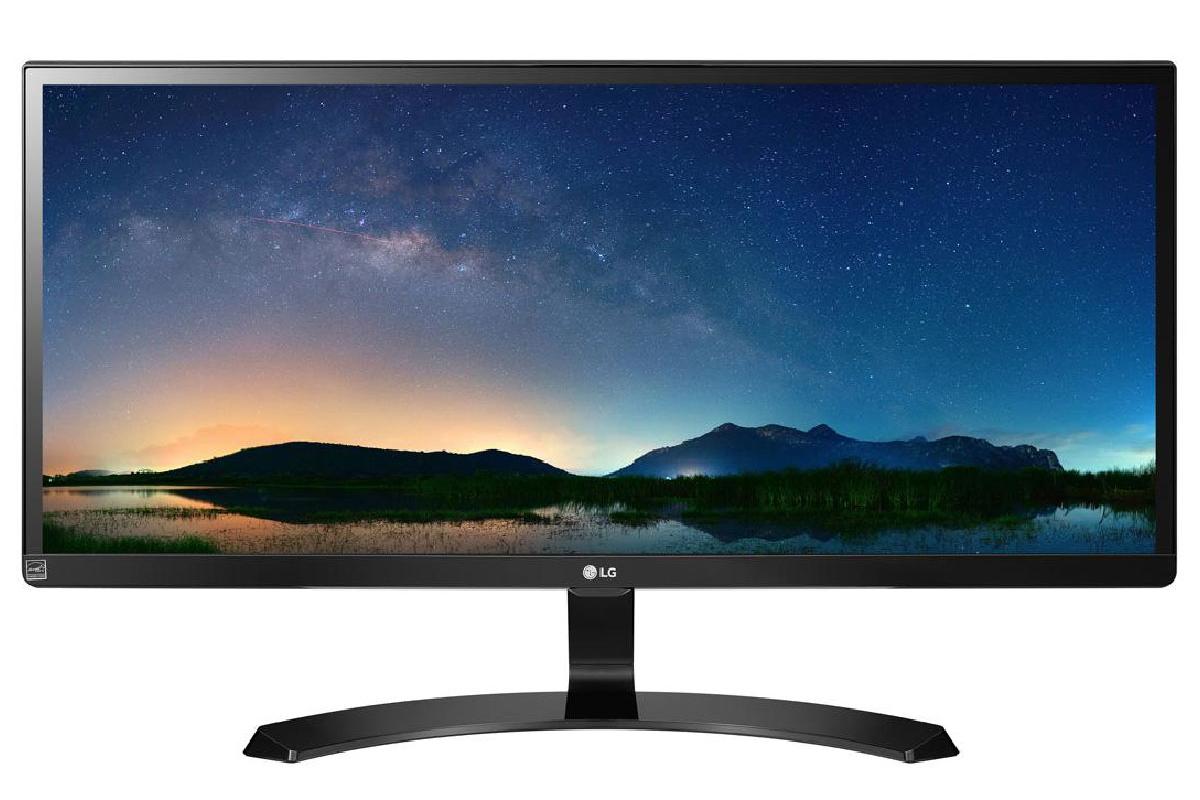
This is for the tab dedicated to Startup Apps-that is, apps or other items that you have open automatically on the startup of your computer. Looking at the left-navigation pane in the app, you can see a rocket icon. At a glance, you can see various monitored items with the CPU, memory, and the disk, right front and center. Now, the main page of the page looks like this. But before we talk about its uses-by specifically going through the many tabs of its interface-let's first take a quick look at the application itself.Īfter the app is installed, you should be able to quickly see it in your applications draw, as shown below: Stacer has many uses and as a result as found its place among many different kinds of users for monitoring various aspects and items of their computer. Of course, however, if you installed Stacer by using a binary, that is, a deb or rpm executable file-rather than the way we did above-then you'll need to double-click on that file again then click remove package in the displayed interface to have it cleared out. In the future, if you want to uninstall Stacer, you can use this command: sudo apt-get remove stacer.
Uninstall system monitor install#
Next, after the appropriate PPA is on our machine, we can update our packages list and sources with the sudo apt-get update command, and then install it with the sudo apt-get install stacer command. First we can add this respository with this command: sudo add-apt-repository ppa:oguzhaninan/stacer To do this, we will run some commands in a terminal window and use an external package repository. Install by using the packages repositoryįor the sake of simplicity in this tutorial, we are going to be using the third method.Pick up the right executable form the releases page depending of our operating system.Build from source with CMake by reading the official installation guide.There are several different methods for installing Stacey on Ubuntu machine: For Stacer to be installed on Linux operating system, two other packages needed are: the Curl and Systemd. For this tutorial, though, you'll want to have your OS be Ubuntu 18.04 LTS, so it will be easier to following along. Stacer is a Linux App, meaning that it can be installed in any system that is running on a Linux Kernel. You have knowledge of the basic Bash commands.For this tutorial, I recommend using Ubuntu 1.0.9 or later, just so that your experience is the same as mine. Your computer is installed with a Unix OS.Prerequisitesīefore you can continue on to the rest of the tutorial, make sure that you have the following:
Uninstall system monitor code#
Stacer's source code is hosted on GitHub. I recommend that you stick to installing and setting up this particular version-as it is the one that I am using in this tutorial. The latest version at the time of writing this article is the V1.0.9. There are currently several different versions.

The utility can also be involved in monitoring startup applications and in managing services. It is open-source and an all-in-one system optimizer and monitoring system that can be helpful to managing an entire system through monitoring the system's CPU, memory, disk space, as well as other items like system info, current downloads, and current uploads. Stacer can be defined as a Linux utility. Also, in this tutorial, you'll be learning some of the benefits of using Stacer as your system monitor utility.

Uninstall system monitor how to#
In this quick tutorial, you will learn how to install Stacer, which is a system monitor utility, on a machine installed with Ubuntu or a similar Linux operating system.


By Dassi Orleando, Alibaba Cloud Community Blog author.


 0 kommentar(er)
0 kommentar(er)
